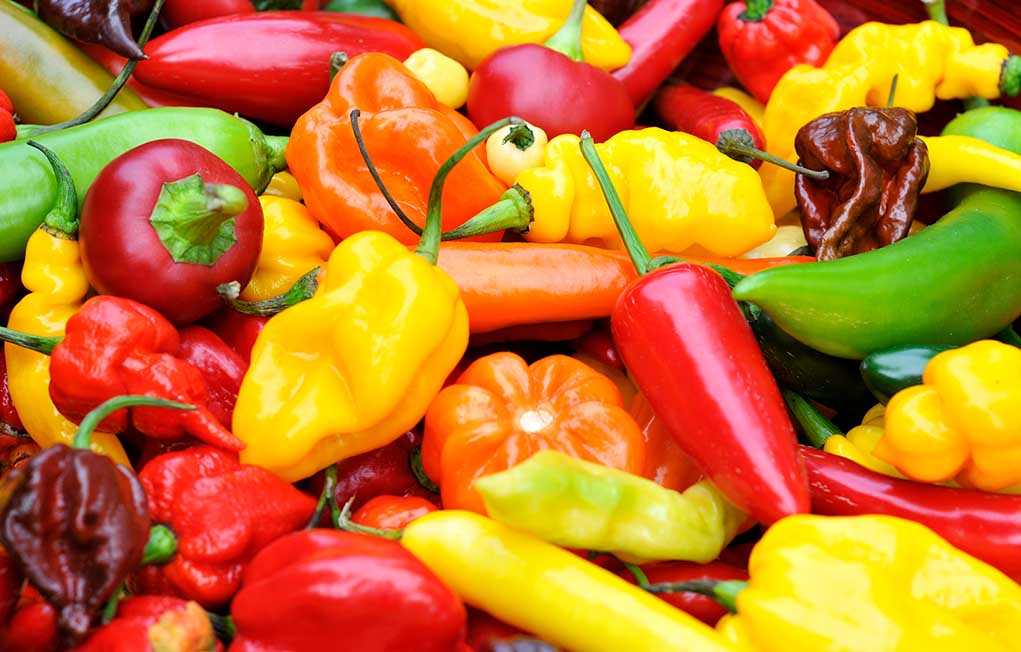
Eating a dazzling array of colorful fruits and vegetables could slash your risk of gastrointestinal cancer by over a third—making your next grocery run a potentially life-saving decision.
Story Highlights
- New research quantifies a 36% reduction in GI cancer risk from eating a variety of colorful plant foods.
- The “eat the rainbow” mantra finally gets hard numbers to back up decades of dietary advice.
- Experts agree: phytochemicals and antioxidants in different colored foods work together to protect health.
- Major cancer centers are urging renewed focus on plant diversity as a cornerstone of cancer prevention.
The Power of Colorful Plates: A Quantifiable Defense Against GI Cancer
Researchers have upended the tedium of nutrition lectures by putting a hard number on an old maxim: a diverse, colorful plant-based diet may reduce your risk of gastrointestinal cancers by 36%. This is not just another vague “eat your veggies” admonition. The latest study, published in 2024, draws a distinct line between variety on your plate and protection in your gut, finally quantifying what nutritionists have championed for years.
Gastrointestinal cancers—colorectal, stomach, esophageal—are among the most lethal worldwide. The findings arrive at a time when these cancers are both common and increasingly tied to modifiable risk factors, diet foremost among them. This study’s strength lies in its scale and precision; it’s not about one miracle berry or a single leafy green. Instead, it’s about the synergy of pigments and phytochemicals, each color offering unique defensive compounds that, together, appear to offer a formidable shield.
Phytochemicals: Nature’s Arsenal Against Cellular Damage
Different colors in fruits and vegetables signal distinct phytochemicals, each with its own role in neutralizing threats. Lycopene gives tomatoes their red hue and has been associated with reduced cancer risk. Flavonoids in blue and purple produce act as antioxidants and anti-inflammatories. Carotenoids in orange and yellow vegetables bolster cell defense mechanisms. When these compounds enter the body together, evidence suggests they can reduce inflammation, support DNA repair, and suppress the formation of cancerous cells.
The logic is as elegant as it is simple: diversity equals resilience. A plate filled with a single color, no matter how healthy, misses the mark. Only a rainbow delivers the full range of phytochemical protection, reinforcing the notion that nutrition is less about individual superfoods and more about the collective impact of variety.
Decades of Advice, Now Anchored in Numbers
Nutritionists and cancer prevention organizations have long advised “eating the rainbow,” but until now, the advice often felt like a platitude. The American Cancer Society and similar bodies have promoted plant diversity, yet concrete numbers were elusive. Now, the 36% figure offers a tangible incentive: it’s the difference between a life disrupted by cancer and one potentially spared.
Previous studies had established a link between high intake of fruits, vegetables, and dietary fiber with lower colorectal cancer risk. What’s different now is the emphasis on color diversity and the ability to measure the reduced risk. This shift transforms dietary guidance from a generic suggestion into a quantifiable strategy, one that cancer centers and dietitians are racing to amplify in public campaigns.
Real-World Impact: From Supermarket to Survival
The implications ripple far beyond the produce aisle. In the short term, health-conscious consumers are likely to rethink their grocery habits, nudged by the promise of measurable protection. Over time, if adoption is widespread, the potential for reduced cancer incidence could yield significant healthcare savings and improved quality of life across populations.
Eating These Foods May Lower Gastrointestinal Cancer Risk by 36%, New Study Suggests: https://t.co/S8XPENCK3b pic.twitter.com/INlXNZjXZH
— Georgeanne Matranga ☮️🟧 (@DTPORGE) August 21, 2025
Industry experts agree that while food diversity won’t eliminate cancer risk outright—lifestyle factors such as exercise and smoking cessation remain crucial—it is an essential component of a comprehensive prevention plan. Dietitians caution against magic-bullet thinking: no single food or nutrient holds the key. The pattern, not the part, is what matters. As the evidence mounts, public health campaigns and dietary guidelines are doubling down, urging Americans to look beyond calorie counts and chase the colors instead.











